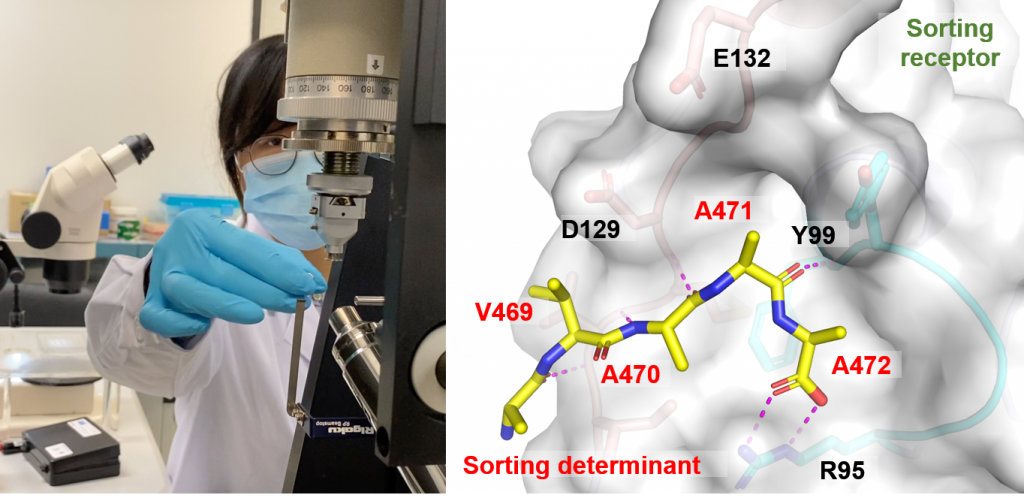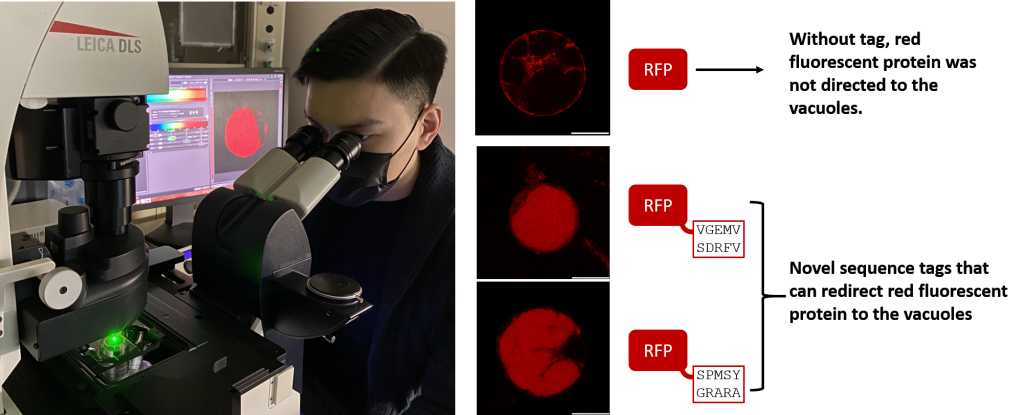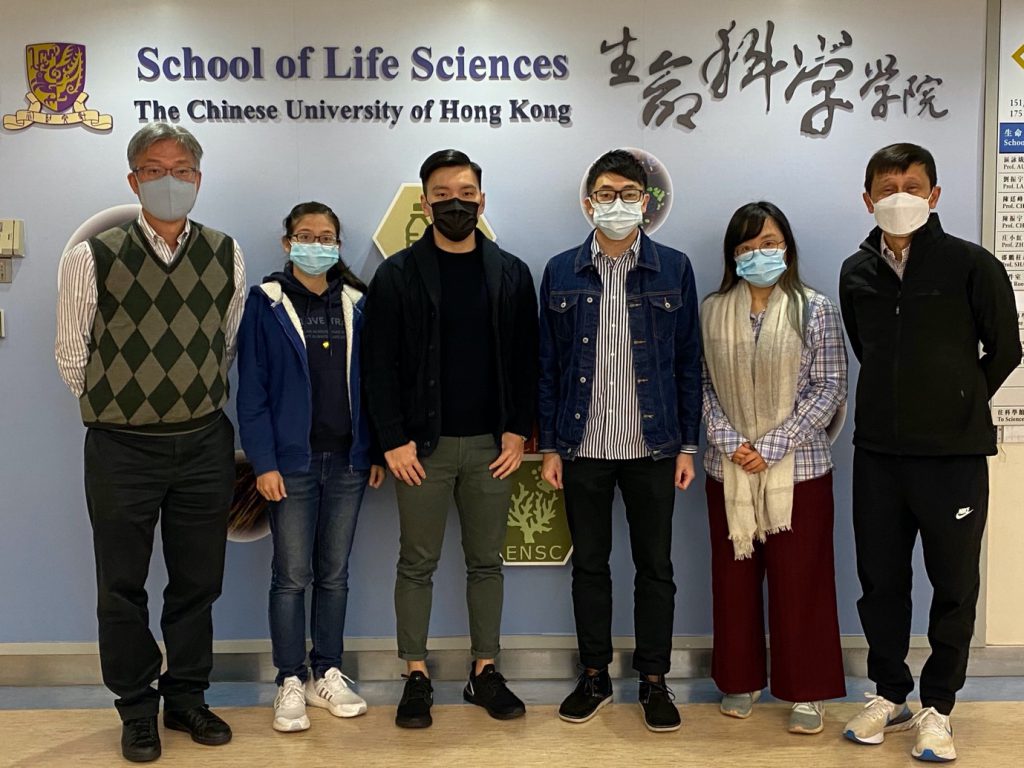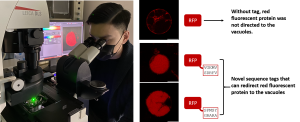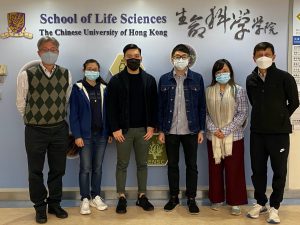CUHK
News Centre
CUHK reveals the storage mechanism of seed proteins paving the way to develop plant-based vaccine technology
Life science researchers at The Chinese University of Hong Kong (CUHK) have recently revealed the molecular mechanism of how a plant recognises and transports its seed storage proteins, and they have designed a new sequence label that can redirect biotechnologically important proteins towards the storage compartment of seeds. Their findings can help develop technologies for producing plant-based vaccines. The research details are described in a paper published in the Proceedings of the National Academy of Sciences of the USA (PNAS), a prestigious international scientific journal.
The pharmaceutical industry has been developing molecular farming, which transforms plants into factories that grow biotechnologically important proteins. In addition to the higher production capacity, plant seeds offer a perfect biochemical environment for keeping the proteins stable and active. However, the technology required to store recombinant proteins in seeds has not been fully understood.
It is known that specific storage proteins are deposited in a storage compartment, known as a protein storage vacuole, during seed development. Professor Kam-Bo Wong, Director and Professor, School of Life Science at CUHK, has worked together with his research team and Professor Liwen Jiang, Choh-Ming Li Professor of Life Sciences, CUHK, on revealing a key mechanism behind storage protein accumulation in plant seeds.
“Like cargoes must have mailing labels for them to be sent to their destination by a postperson, storage proteins contain such a label in their amino acid sequences. The vacuolar sorting receptor is a protein ‘postperson’ in plant cells that recognises the sequence label and carries the cargo proteins to the storage compartments.” said Professor Wong.
The research team used X-ray crystallography as a molecular microscope to visualise how the sequence label, or vacuolar sorting determinant, on a storage protein is recognised by a sorting receptor at the molecular level. They showed that the molecular properties such as charges and hydrophobicity of the sequence labels are recognised by the sorting receptors, and thus the storage proteins are selected and transported into the vacuole.
Further to these findings, and using Arabidopsis thaliana as a model organism, the team successfully redirected the destination of a fluorescent protein to the vacuoles in plant cells by tagging the protein with a vacuolar sorting determinant. They further discovered and designed novel sequence labels that can redirect proteins to the vacuoles. The team plans to apply the research results to engineer proteins for expression and storage in plant seeds.
Professor Wong explains, “This is an important research finding which opens up the possibility of seed storage proteins manipulation. We would be able to direct biotechnologically important proteins (such as antigens for vaccine production) to the vacuoles, and transform the plant into a bioreactor to make millions of copies of these proteins and a host to store them. It could be a game changer for various biotechnological applications.”
The full text of the research paper can be found at: https://www.pnas.org/content/119/1/e2111281119
About Professor Kam-Bo Wong
Professor Kam-Bo Wong specialises in structure-function studies of proteins, with many influential papers published in leading international journals such as PNAS, PLoS Biology, The Plant Cell, and Nucleic Acids Research. He is a member of the State Key Laboratory of Agrobiotechnology at CUHK, and a team member of the two Areas of Excellence projects led by Professor Liwen Jiang (Centre for Organelle Biogenesis and Function) and Professor Hon-Ming Lam (Center for Genomic Studies on Plant-Environment Interaction for Sustainable Agriculture and Food Security) at the School of Life Sciences, CUHK.
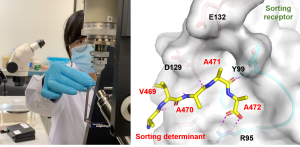
Professor Wong and his team use X-ray crystallography as a molecular microscope to visualise how the sequence labels on a seed storage protein is recognised by the vacuolar sorting receptor.
